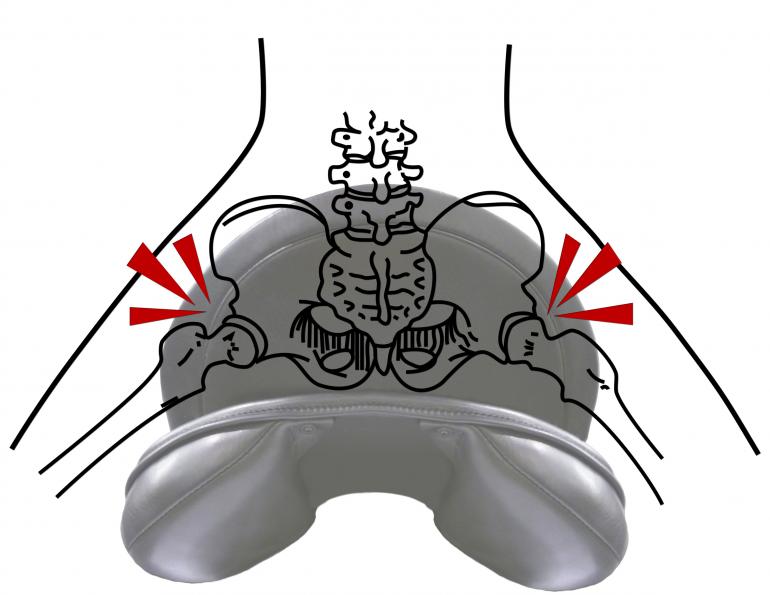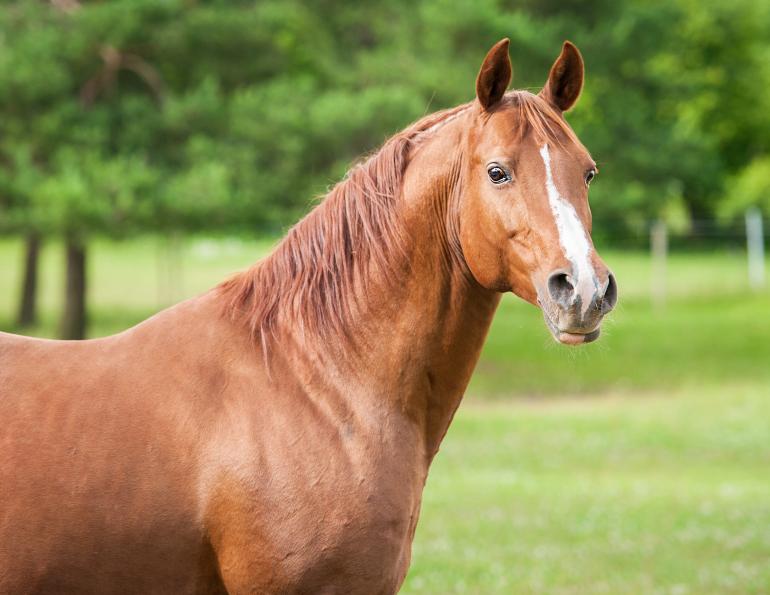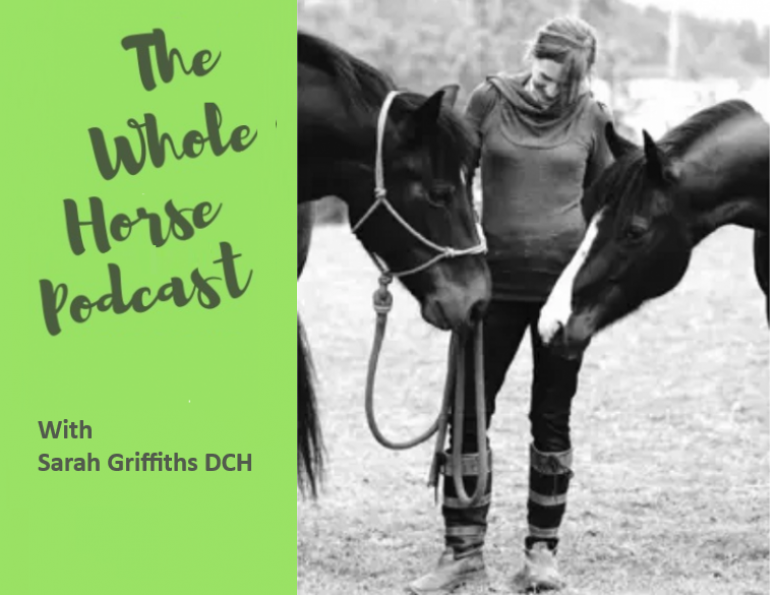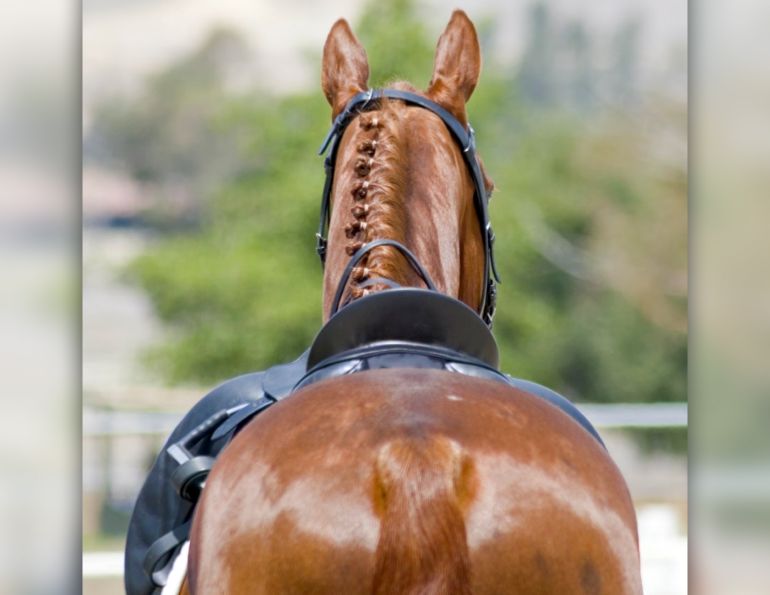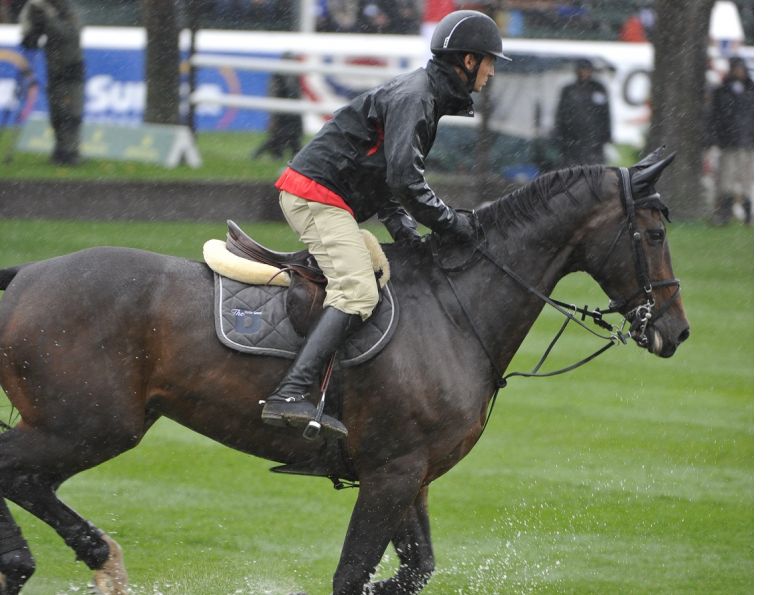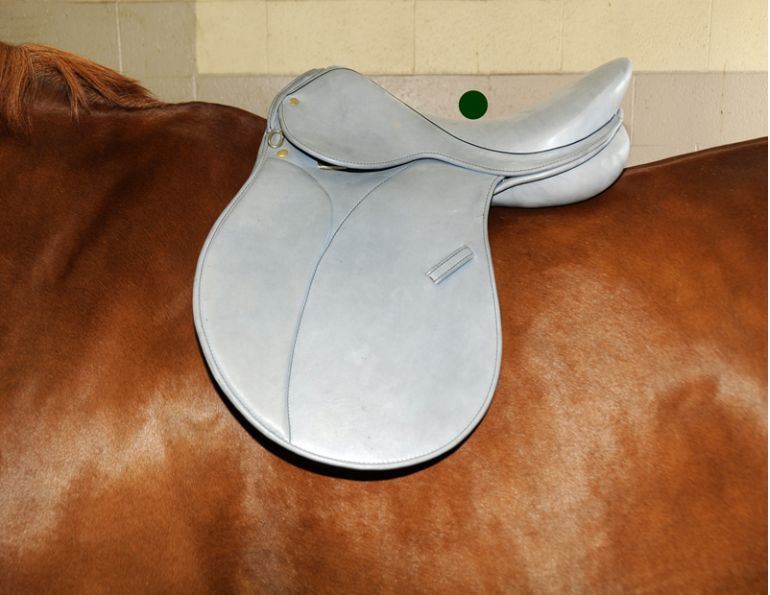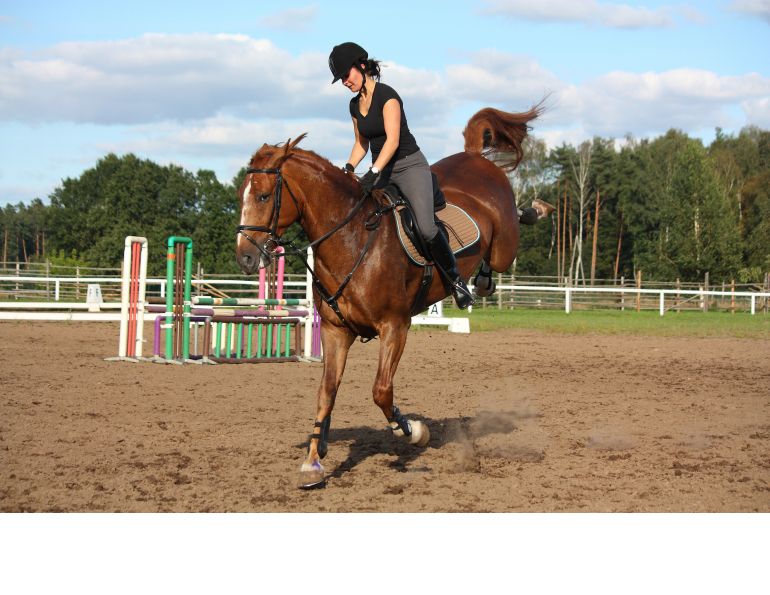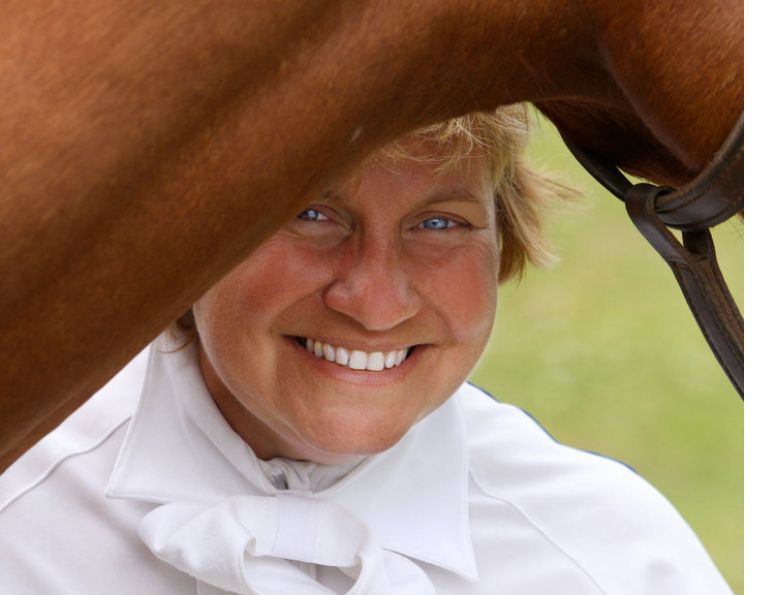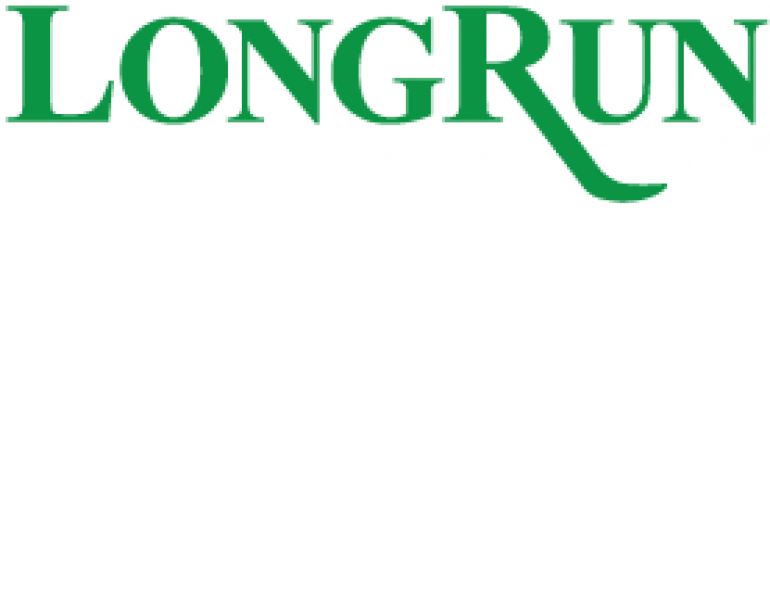With Jochen Schleese, Certified Master Saddler
Question: My hips and lower back ache after every ride and I think it might be my saddle. I had the saddle fitted to my horse but how can I tell if it fits me, too?
Answer: You are correct to wonder if your pain might be coming from your saddle. Aches such as yours are very common in women equestrians because they are often riding in saddles that have been built for men. Because a woman’s pelvis is different from a man’s, women riding in a “male” saddle may face back, knee, hip, and pelvic pain and experience difficulty maintaining proper position and posture in the saddle.
Most mistakes occur during measurement of the width of the twist and the width of the seat. The twist is that area of the saddle located between the thighs, whereas the width of the seat is determined by the distance between the two sides of the seam running along the edge of the seat. A man’s seat bones are much closer together and the distance between them is much smaller, therefore he comfortably fits the seat of most saddles.
The seat bones of a female pelvis are spaced much farther apart, so when a woman rides in a “male” saddle, she sits uncomfortably on the seat seaming. The distance between the seams on the seat should be wide enough to allow the seat bones to sit on the padding. If the seat is too narrow, you’ll feel as though you’re sitting on a ridge and your seat bones will fall off the edge of the seat.
Often the seat width and seat twist are mixed up so that a woman buys a saddle with a wide twist rather than the wide seat she actually needs. The width of the twist you need is determined by the width between your upper inner thighs.
Because female thighs tend to angle outward at the hip and inward at the knee (known as “Q flexion”), a woman carries more weight on her upper inner thigh than a man does. When a woman sits on a saddle that is too wide in the twist, her leg is pushed forward instead of being able to hang straight down, and the knee and toe are forced out at a 45 degree angle. Not only does this make it difficult to achieve a straight line from shoulders to hips to heels, it also puts extra pressure on the hip joints, which can be quite painful.

These plaster casts show the stark differences in pelvic structure between a woman (left) and a man (right) and how these affect their position in the saddle. As you can see, the woman’s pubic symphysis supports her position, like the third leg in a tripod, whereas the man sits comfortably on his two seat bones. Photo courtesy of Schleese Saddlery
Because a man’s pelvis has a higher pubic symphysis (PS), when he sits in a balanced position on his seat bones as on a bipod with his spine perpendicular to the ground, his PS will be tipped upwards and not contact the saddle. When a woman sits in the saddle with her spine perpendicular to the ground, her PS is much lower and closer to front of saddle and can contact (like the third leg of a tripod) and rub. This can result in recurring bladder infections, even bleeding. Pelvic tilt is also affected by the saddle model and the saddle balance.
The ratio of the length of the upper leg to the length of the lower leg determines the position and/or length of the stirrup bar. Most women have a longer upper leg than lower leg. The stirrup bar acts like a fulcrum and the stirrup leather like a pendulum. With a normally positioned stirrup bar, a woman’s leg will usually end up being too far forward because the leg falls according to its centre of gravity. Therefore, many women require extended stirrup bars to ensure that the leg hangs in the correct position.
Proper flap positioning accommodates female anatomy in saddle design. The way a woman’s hip bones are articulated at the hip joint differs from a man’s, and causes the legs to naturally angle out. Changing the angle of the flap and properly positioning the thigh roll can help. In a very straight flap, your knee may come too close to the front of the flap; in motion the leg will actually go over the flap. This can move the pelvis forward, leading to back pain and discomfort.
Main photo courtesy of Schleese Saddlery - If the saddle twist is too wide, the rider may experience pain at the hip joints.



